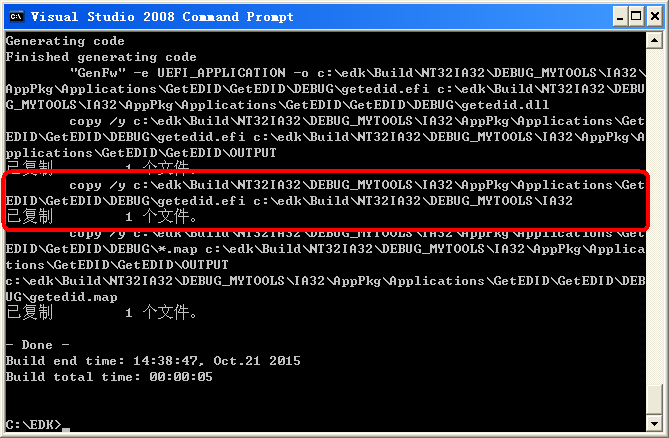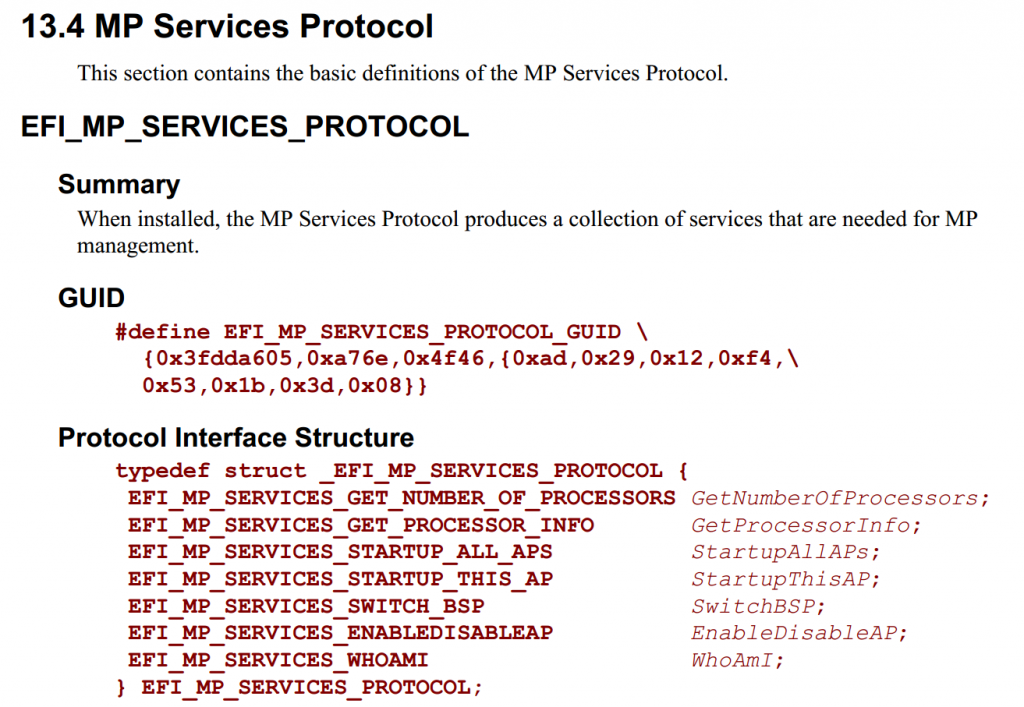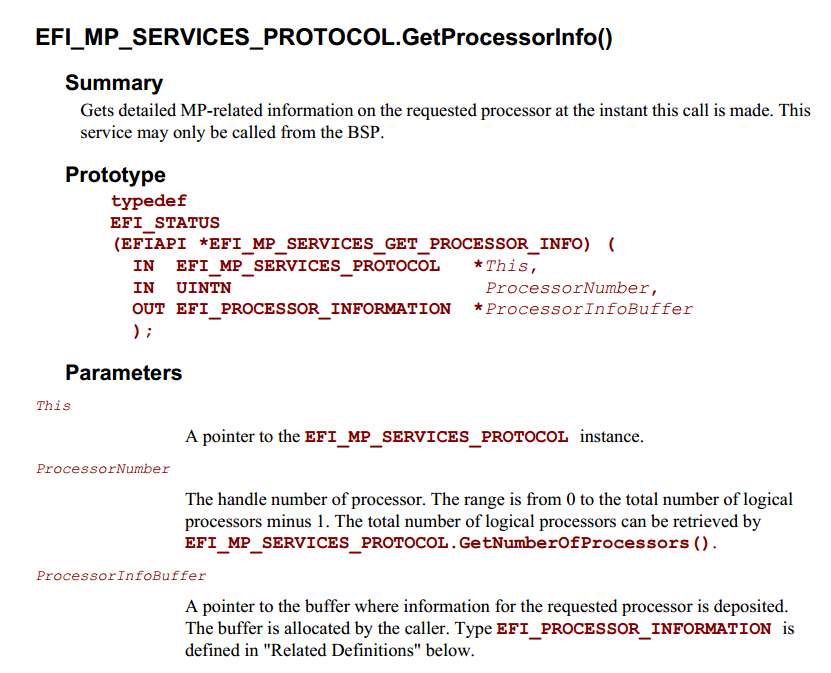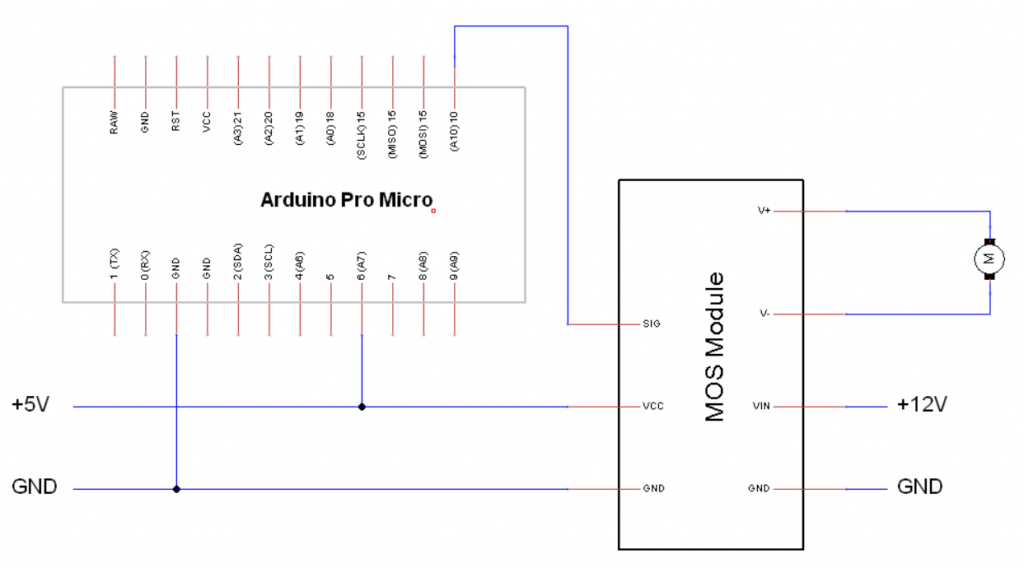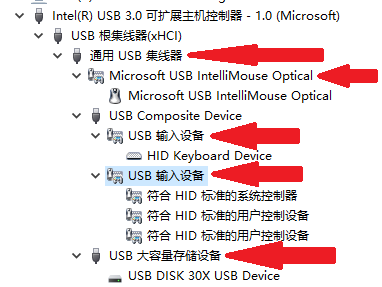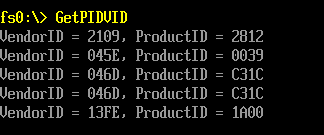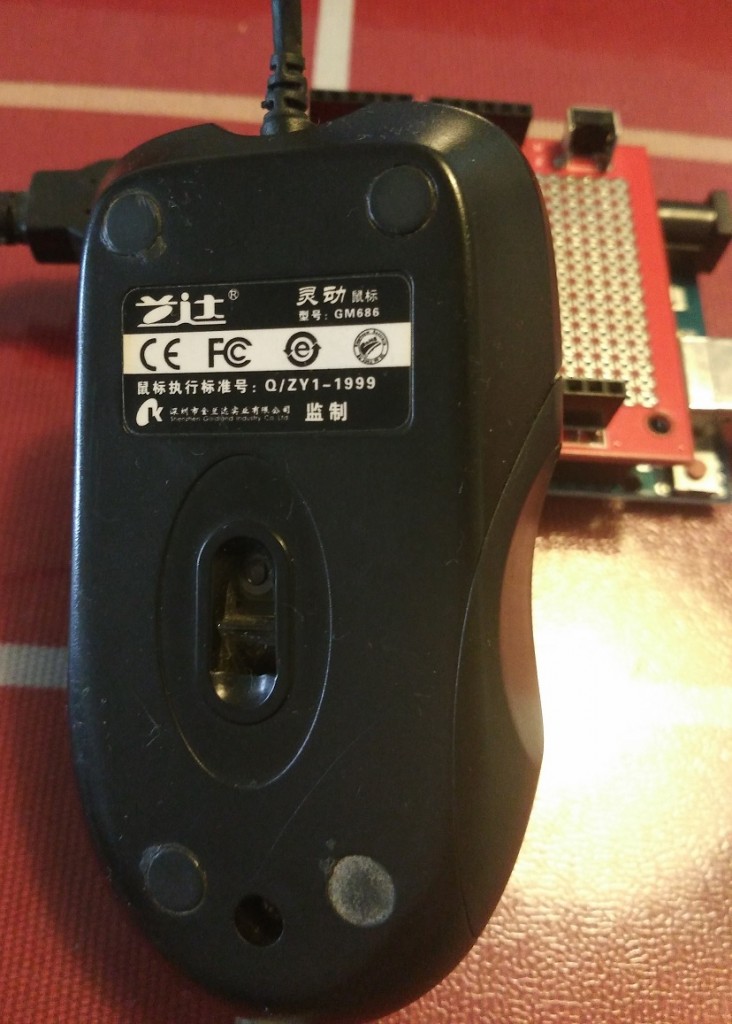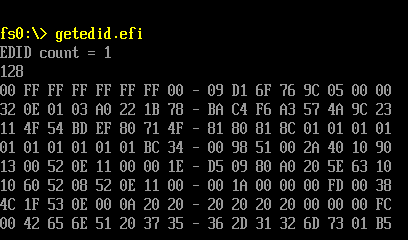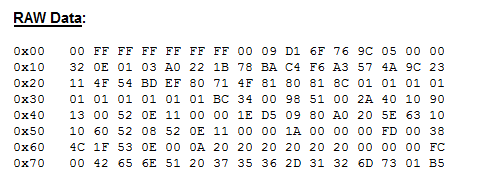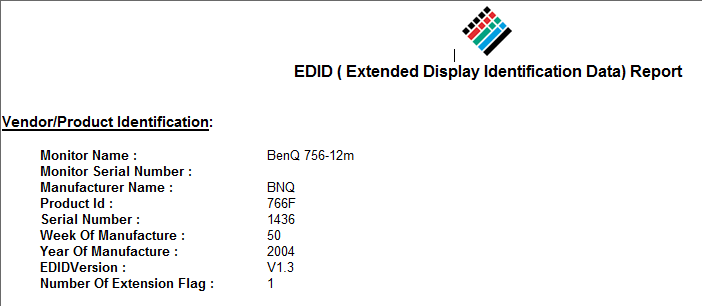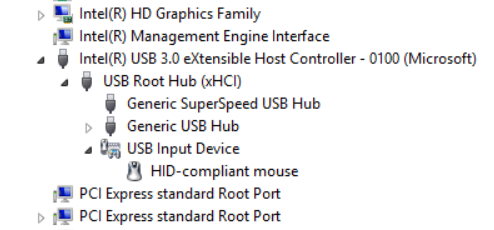最近在学习 Python,看了一本书<<与孩子一起学编程>>英文名是“Computer Programming for Kids and Other Beginners”,感觉挺有意思的。
书中推荐用 pygame 来编写游戏,我按照书上的程序打了一个滑雪者的小游戏。输入程序花了半小时,调试这个程序差不多花了2个小时。
最后调试通过的程序如下:
import pygame,sys,random
skier_images = ["skier_down.png","skier_right1.png",
"skier_right2.png","skier_left2.png",
"skier_left1.png"]
class SkierClass(pygame.sprite.Sprite):
def __init__(self):
pygame.sprite.Sprite.__init__(self)
self.image = pygame.image.load("skier_down.png")
self.rect = self.image.get_rect()
self.rect.center = [320,100]
self.angle =0
def turn(self,direction):
self.angle = self.angle + direction
if self.angle < -2: self.angle = -2
if self.angle > 2: self.angle = 2
center = self.rect.center
self.image = pygame.image.load(skier_images[self.angle])
self.rect = self.image.get_rect()
self.rect.center =center
speed = [self.angle,6 - abs(self.angle) * 2]
return speed
def move(self,speed):
self.rect.centerx = self.rect.centerx + speed[0]
if self.rect.centerx < 20: self.rect.centerx = 20
if self.rect.centerx > 620: self.rect.centerx =620
class ObstacleClass(pygame.sprite.Sprite):
def __init__(self,image_file,location,type):
pygame.sprite.Sprite.__init__(self)
self.image_file = image_file
self.image = pygame.image.load(image_file)
self.location = location
self.rect = self.image.get_rect()
self.rect.center = location
self.type =type
self.passed =False
def scroll(self, t_ptr):
self.rect.centery = self.location[1] - t_ptr
def create_map(start, end):
obstacles = pygame.sprite.Group()
gates = pygame.sprite.Group()
locations = []
for i in range(10):
row = random.randint(start,end)
col = random.randint(0,9)
location = [col * 64+20,row * 64 +20]
if not (location in locations):
locations.append(location)
type = random.choice(["tree","flag"])
if type == "tree": img = "skier_tree.png"
elif type == "flag": img ="skier_flag.png"
obstact = ObstacleClass(img,location,type)
obstacles.add(obstact)
return obstacles
def animate():
screen.fill([255,255,255])
pygame.display.update(obstacles.draw(screen))
screen.blit(skier.image, skier.rect)
screen.blit(score_text,[10,10])
pygame.display.flip()
def updateObstacleGroup(map0,map1):
obstacles = pygame.sprite.Group()
for ob in map0: obstacles.add(ob)
for ob in map1: obstacles.add(ob)
return obstacles
pygame.init()
screen = pygame.display.set_mode([640,640])
clock = pygame.time.Clock()
skier = SkierClass()
speed = [0,6]
map_position =0
points=0;
map0 = create_map(20,29)
map1 = create_map(10,19)
activeMap =0;
obstacles = updateObstacleGroup(map0,map1)
font = pygame.font.Font(None,50)
while True:
clock.tick(30)
for event in pygame.event.get():
if event.type == pygame.QUIT: sys.exit()
if event.type == pygame.KEYDOWN:
if event.key == pygame.K_LEFT:
speed = skier.turn(-1)
elif event.key == pygame.K_RIGHT:
speed = skier.turn(1)
skier.move(speed)
map_position+=speed[1]
if map_position >= 640 and activeMap == 0:
activeMap = 1
map0 = create_map(20,29)
obstacles = updateObstacleGroup(map0,map1)
if map_position>= 1280 and activeMap == 1:
activeMap = 0
for ob in map0:
ob.location[1] = ob.location[1] -1280
map_position = map_position - 1280
map1 = create_map(10,19)
obstacles = updateObstacleGroup(map0,map1)
for obstacle in obstacles:
obstacle.scroll(map_position)
hit = pygame.sprite.spritecollide(skier,obstacles,False)
if hit:
if hit[0].type == "tree" and not hit[0].passed:
points = points -100
skier.image = pygame.image.load("skier_crash.png")
animate()
pygame.time.delay(1000)
skier.image = pygame.image.load("skier_down.png")
skier.angle = 0
speed =[0,6]
hit[0].passed = True
elif hit[0].type == "flag" and not hit[0].passed:
points +=10
obstacles.remove(hit[0])
score_text = font.render("Score: "+str(points),1,(0,0,0))
animate()
运行结果:
如果你也恰好阅读这本书,遇到同样的问题,建议你参考上面的程序,此外需要特别注意的是 Python 使用缩进之类的来表示上下文之间的隶属关系。如果你的程序遇到莫名其妙的错误,请检查是不是缩进搞错了。比如:
class x:
def func1
def func2
这样,func2 是 x 的一个方法了,如果你在其他地方试图直接调用 func2 就会出现未定 func2 的问题。我因为这样的事情被卡了很久。
最后放上完整的代码(包括官方网站下载到的官方板的源程序),如果你调试不过,最后还可以用beyond compare 这样的对比工具找到原因。


